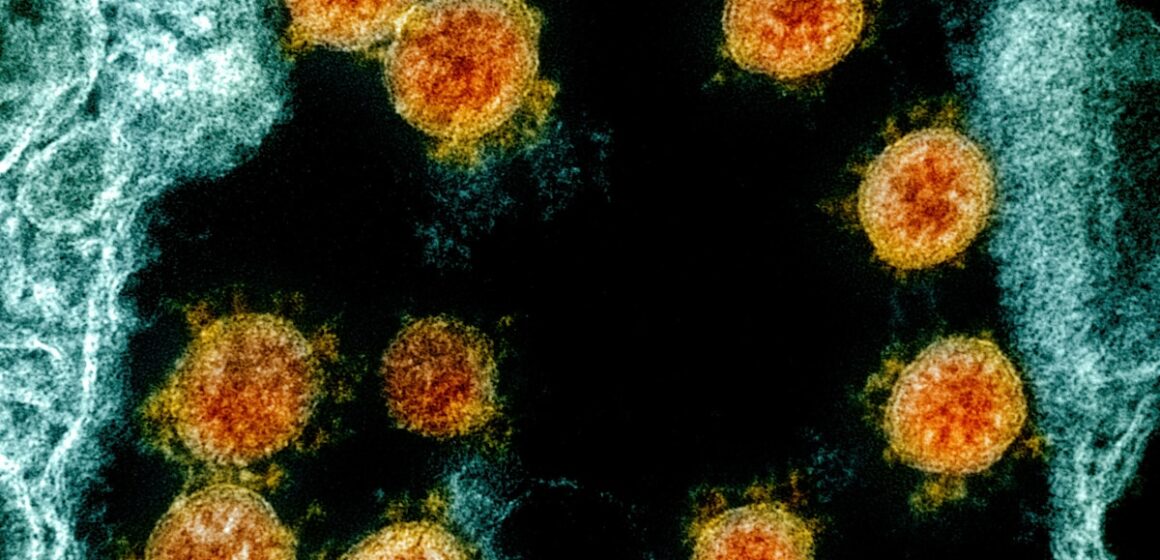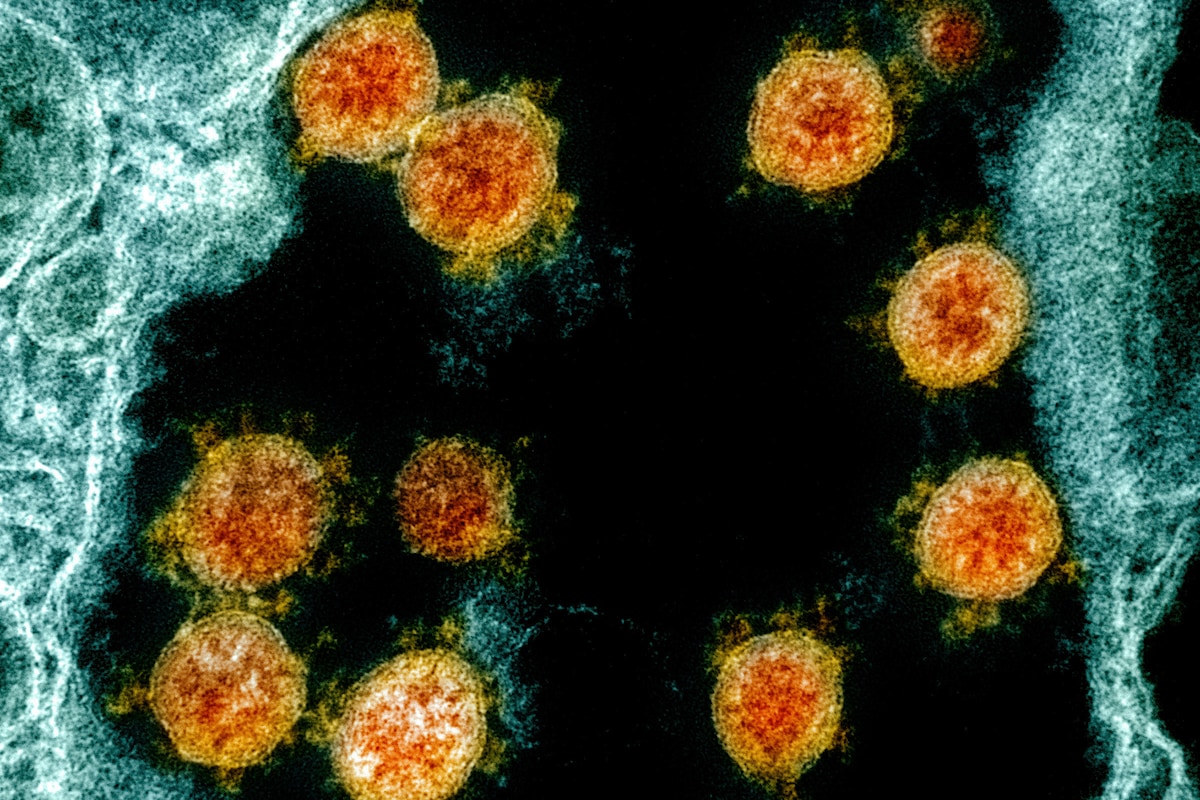From the reliable Washington Post:
A decade ago, scientists funded by the National Institutes of Health used ferrets to engineer a highly lethal flu virus. The purpose of the research — known as “gain of function” — was to better understand how viruses evolve and to help devise medicines to combat the potential disease threats.It also came with a risk: A laboratory mishap could unleash a devastating pandemic.The research, conducted in the Netherlands and at the University of Wisconsin, sparked an international controversy and led to new safeguards for such experiments. But over the past four years, NIH leaders and other U.S. officials have weakened key aspects of those controls, a Washington Post examination found.
The high-risk research has reemerged as a focal point because of speculation that such experiments in Wuhan, China, may have accidentally triggered the coronavirus pandemic. While Chinese virologists deny that their work is to blame, accidents have occurred on rare occasions in labs elsewhere in the world, leading to inadvertent releases of pathogens.
“The risks are absolutely real. They’re not intellectual constructs or hypotheticals,” said David A. Relman, a Stanford University physician and microbiologist who has advised NIH and other federal agencies on biosecurity.
HAPPENING NOW:
Inside the Discord Leak: U.S. Air Force Loves War Gamers Like Teixeira
British Intelligence Privately Says Israel Has Nuclear Weapons But Won’t Admit it Publicly
Mexican President Accuses Pentagon of Spying, Vows to Restrict Military Information
Daniel Ellsberg Week Honors Pentagon Whistleblower
How Twitter Became a Propaganda Tool of U.S. Central Command
Interview With the Father of a Palestinian Fighter Assassinated by Israeli Special Forces
Chinese Police Station in New York Is Part of a Vast Influence Operation
Catch-22 at Guantanamo, or How Due Process Got Undone
Wagner Group Leader Calls for End to Russia’s ‘Special Military Operation’
Once Ridiculed, the ‘October Surprise’ Deal Between Reagan and Iran Is Now Confirmed
Two Senators Allege ‘Secret’ CIA spying on Unwitting Americans
UK Spy Agency Says AI Chatbots Pose a Security Threat
How Aerial Surveillance Has Evolved Over the Past 200 Years
Wagner Mercenary Chief Says He Ran Russian Information War
Iranians Outraged After Shah-Era Secret-Police Official Attends U.S. Rally
Israeli-led Disinformation Team Meddled in Dozens of Elections
Director of National Intelligence Barred From Reporting on Domestic Extremists in U.S. Armed Forces
Iranian Intelligence Official Says China in Line to Buy Tehran’s Drones
Former Mossad Chief Urges Compromise on Judicial Shakeup
ActivitiesAmericasAsiaBiowarfareBlogChinaCountriesMSSUnited States
U.S. Controls on Experiments With Supercharged Pathogens Have Been Undercut Amid Lab-Leak Concerns




